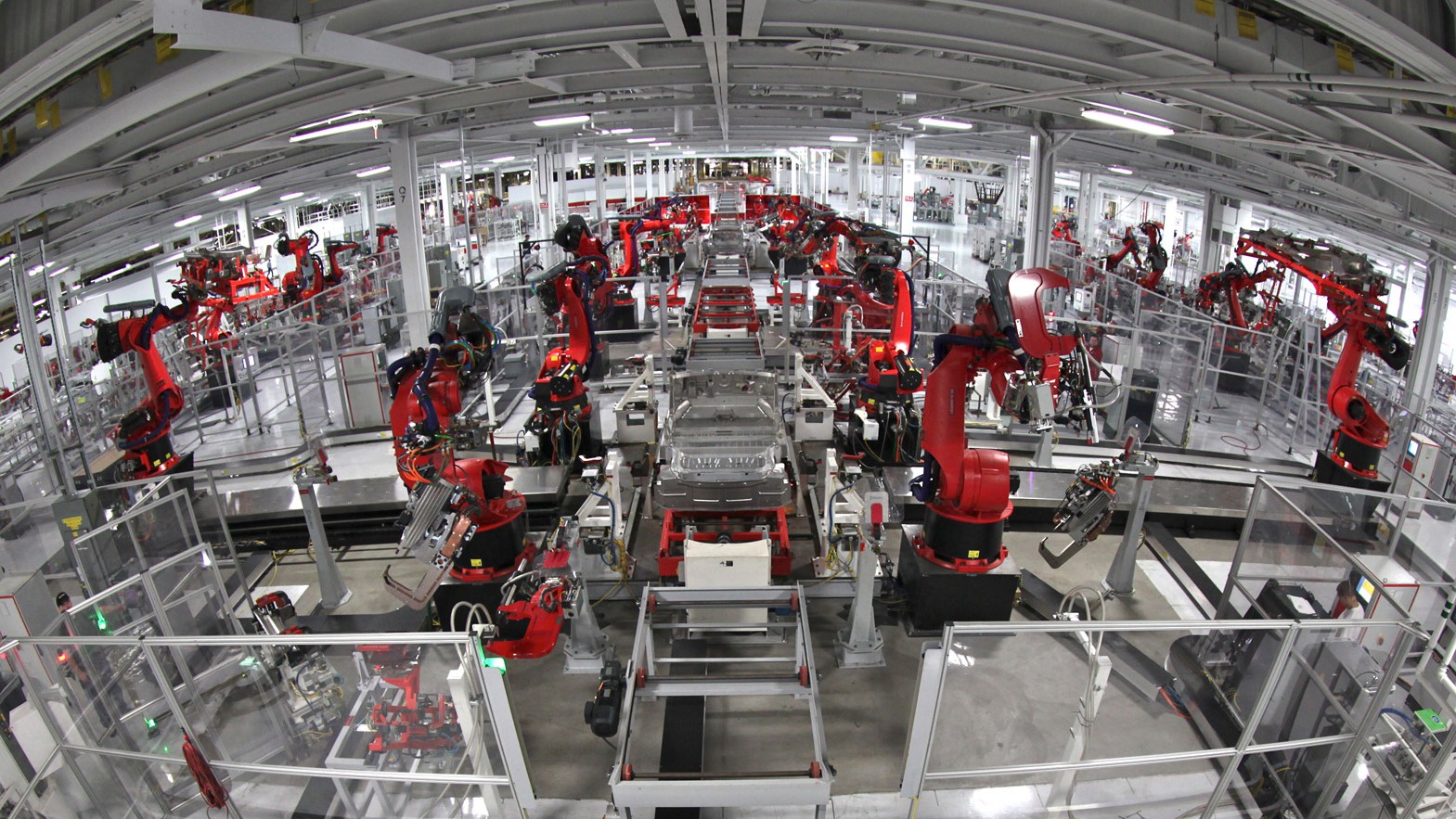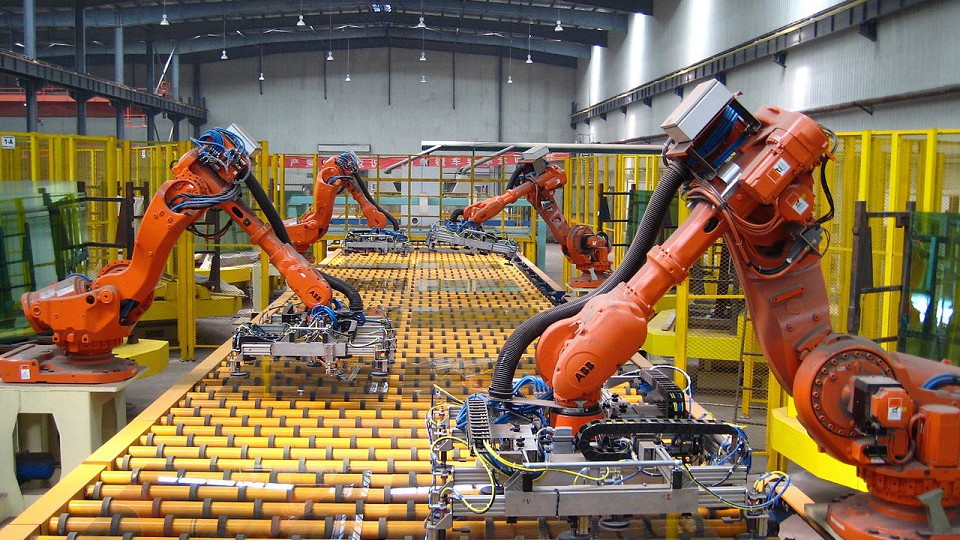Though it may be hard to believe, given the manufacturing industry’s propensity for high-tech automation and fancy machinery such as IoT hardware, AR, and admittedly effective Industrial Grade PCs, the sector has a pretty notorious issue with quality control and quality management. In fact, in a recent 2020 industry survey on quality control, it was revealed that a staggering 96% of manufacturers experienced a product recall in the past few years. Needless to say, recalls such as these can be incredibly costly and an immensely frustrating disruption to most supply chains. Fortunately, ever the innovative sector obsessed with performance metrics, manufacturing has observed this drop in quality control and has already begun coining 2020 and beyond the age of Quality 4.0.
What is Quality 4.0?
Article Guide
Sounds fancy, sure, but what is quality 4.0? How is it any different than what’s currently being performed today in regards to QC?
Quality 4.0, originally labeled as such by LNS Research back in 2017, refers to the fusion of traditional quality control methods with new and interconnected technologies found in the present such as artificial intelligence, machine learning, and analytics tools. The practice is labeled as such because it comes as a result of the fourth industrial revolution and its push towards using interconnected, highly analytic-driven technology in order to run manufacturing plants through improved visibility and data-informed decision making.
Quality 4.0, in short, wishes to use the same smart technology capable of drawing in valuable data in order to more effectively and responsively address quality concerns as soon as they occur.
What is the New Technology in Quality Control?
Naturally, since quality 4.0 draws heavily from the highly-integrated tech needed to run Industry 4.0 solutions, data gathering hardware and software are an absolute given. As such, for any of the solutions we mention below, it’s assumed manufacturers will have the requisite smart manufacturing technology necessary to gather diagnostic data.
This also includes computer/workstation solutions such as HMI interface panels and industrial All in One PCs capable of collecting that data and organizing it for users to employ in their decision-making on the floor.
Blockchain
Blockchain has gained an insane amount of traction, especially in the food manufacturing industry, as having a digital ledger illustrating a product’s journey through a supply chain amidst a pandemic has proven very effective in limiting infection. How does this work?
With the right IoT hardware in place, every member of a supply chain can succinctly record analytics and performance metrics and upload them onto a secure blockchain network. This gives all members allowed into the peer-to-peer network access to view this data and provide input based on what they see.
The benefits here are two-fold. Firsty, the safety of the important data gathered by your company is ensured since any and all changes made to it must be approved by all members in the blockchain network. And secondly, tracking every step of a product’s journey through every stage of a supply chain in this way makes it much simpler to pinpoint where drops in quality are occurring. Whether these drops are manually reported or are noticed due to a concerning trend in your KPI’s, the visibility delivered by a blockchain ledger can enhance your quality 4.0 efforts and quickly translates into improved resiliency for your supply chain.
Artificial Intelligence and Machine Vision
Incorporating machine vision into your manufacturing efforts quite literally gives your hardware eyes on the entire operation being conducted within your facilities. With high-def cameras scanning every product as it’s being pushed down the line, physical flaws in that product such as cracks, discolorations, or any other common issues that plague your faulty products can be spotted and quickly addressed.
Of course, implementing machine vision with any kind of measured success will require an effective AI program, the training of which can be time-consuming and costly if not done intelligently. If you do decide to go down this route for your quality 4.0 efforts, be sure to keep in mind the most common reasons for failure in artificial intelligence in manufacturing and how you can avoid them for a successful implementation.
Digital Twin
As far as training those AI programs, digital twin technology in manufacturing can be used in conjunction with machine vision to fine tune an AI program tailored towards quality control.
Furthermore, digital twin tech can be used to build a virtual simulation of your supply chain or even a particular machine on your floor. Using that simulation, these important assets can be tested with different quality dropping disruptions, allowing you to learn what can be done to address them should they eventually occur.
What Will be the Biggest Roadblock to Quality 4.0?
The main roadblock to Quality 4.0 is, like many other roadblocks observed in manufacturing, one of proper staffing. The skilled labor shortage is a pervasive issue and one that manufacturing has been dealing with since well before even 2020’s staggering blow to the industrial sector.
More and more of the older workforce is aging into retirement and the younger generation is failing to see merit or opportunities for success on the factory floor. Couple that with the fact that more advanced tech (such as the kind needed for quality 4.0) is constantly being incorporated into the industrial space, and the labor issue in manufacturing stops just being about not having enough workers and becomes about not having enough qualified workers as well. This has led many manufacturing teams to resort to reskilling the workforce they already have on hand.
By retraining employees to handle more complex, involved tasks such as analyzing data drawn in from IoT hardware, manufacturers can derive a host of benefits Firstly, they can improve worker retention and employee satisfaction by providing more opportunity for advancement and career growth. And furthermore, they can even begin to slowly build out their workforce into one that’s tailored to the industry of the future, an industry that is capable of realizing the full potential of smart manufacturing programs such as quality 4.0.
This leads us to one final piece of technology that can aid in improving quality control: employee training tech. Reskilling the workforce becomes much easier with hardware such as wearable tech and rugged industrial tablets. These readily accessible pieces of hardware are capable of housing educational materials and curriculums that an employee can access as they walk the floor. Armed with this hardware, employees can pull up applicable training materials from anywhere onsite, even right next to the new hardware they’re learning to operate as part of their reskilling.
Quality 4.0 is Available Right Now
As we mentioned before, quality 4.0 is something that can be employed right now if manufacturers are proactive in their efforts to practice it. Smart technology, IoT connected devices, and data storing technology are all already available for those interested in taking advantage of them. Those that take the opportunity to incorporate these pieces of tech into their supply chains during these times where quality control couldn’t be more important will be sure to see continued success moving forward. For more information on how you can start building out this infrastructure in your own facility, contact an expert from Cybernet today.
The Role of Industrial Computers in Industrial Automation
July 2, 2020
Industrial automation, as the name suggests, refers to using industrial computers in order to automate industrial processes. It may be understood as an umbrella term for computer automation of design, manufacturing and…
0 Comments9 Minutes
Industrial Computers Are Revolutionizing Smart Factories
August 9, 2018
A revolution is underway in the industrial sector. Smart factories – automated facilities aimed at eliminating human error – are replacing their more traditional counterparts and expanding rapidly in the process. A…
0 Comments8 Minutes
You Can't
Learn from a Pop-up
But we can deliver knowledge to your inbox!
We dive deep in the industry looking for new trends, technology, news, and updates. We're happy to share them with you.
Knowledge, News, and Industry Updates Right in Your Inbox




